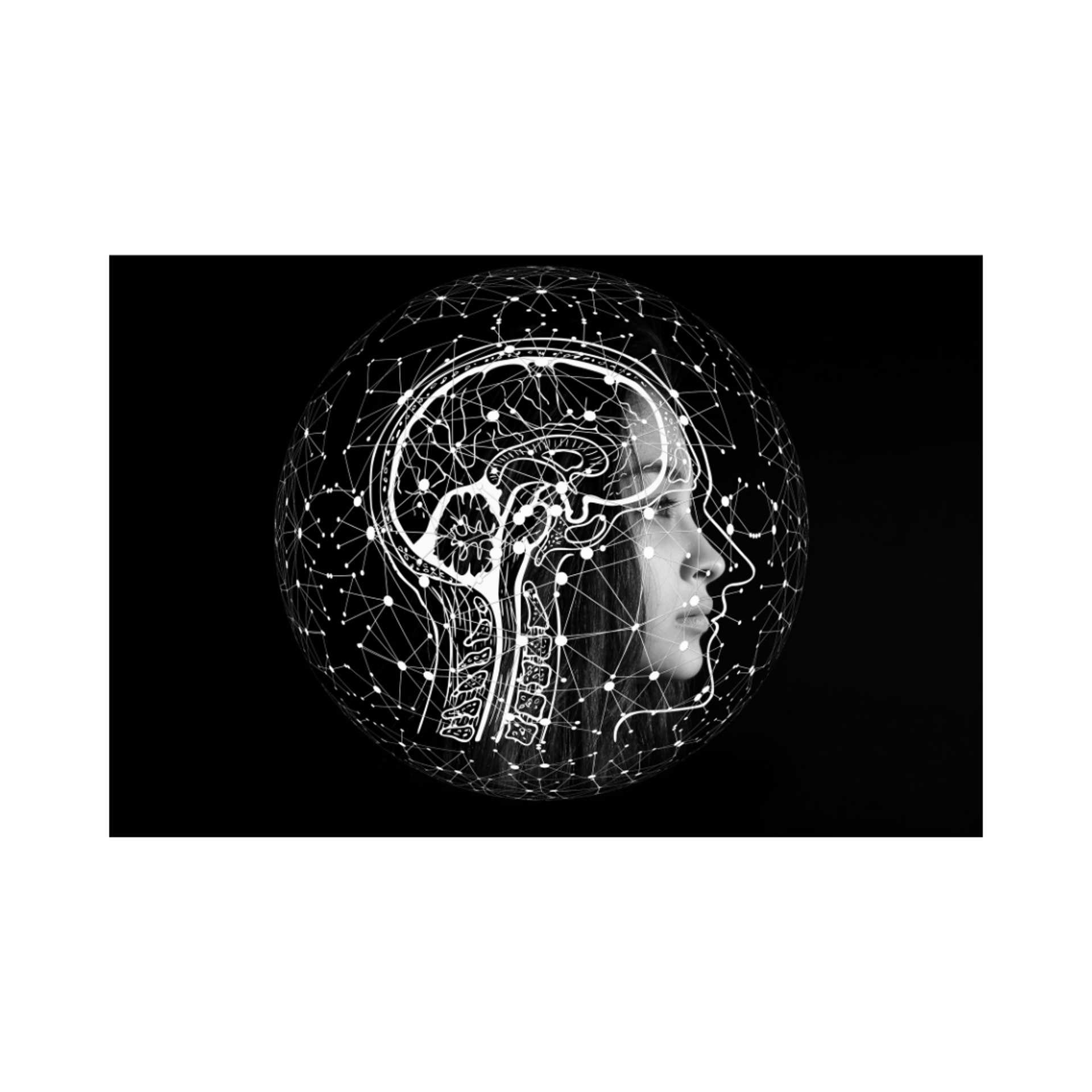Intuition Under Extreme Conditions: Insights & Errors
Explore how intuition operates in extreme conditions, examining scientific mechanisms, the link between experience and reflexes, common errors in intuitive thinking, and methods for developing intuition effectively.
4/11/20253 min read
Abstract
Intuition plays a key role in extreme situations where rapid decision-making is critical. However, its accuracy depends on a person’s experience and how their brain processes information under stress. This article examines the scientific foundations of intuition, its relation to reflexes, mechanisms of action under stress, and practical examples in crisis contexts.
Introduction
In extreme situations, people are often forced to make decisions within fractions of a second. This applies to survival during disasters, the professional activities of rescuers, soldiers, doctors, as well as unexpected crises in everyday life.
But what lies at the core of such decisions? Is intuition an innate reflex, or a skill shaped by experience?
According to research (Kahneman, 2011), intuitive thinking is not a supernatural “sixth sense” but the result of unconscious information processing based on accumulated experience. Yet, in extreme conditions, intuition can both save lives and lead to mistakes.
What Is Intuition from a Scientific Perspective?
Intuition is a fast, automatic form of thinking that allows individuals to make decisions when time and information are limited (Gigerenzer, 2007).
Daniel Kahneman’s Two Thinking Systems (2011):
System 1 (intuitive thinking) — fast, automatic, emotional.
System 2 (analytical thinking) — slow, deliberate, rational.
In extreme stress, System 1 dominates, as the brain seeks to conserve energy by relying on preexisting behavior patterns.
Intuition vs. Reflexes
Reflexes — inborn automatic responses (e.g., blinking or pulling your hand away from a hot object).
Intuition — unconscious processing of accumulated experience that enables quick decision-making.
Example:
Reflex: When something flies toward the face, a person instinctively closes their eyes.
Intuition: An experienced driver senses an imminent crash ahead, even without clearly seeing it.
How Does Intuition Help in Extreme Situations?
Intuition is especially important when analytical processing takes too long and rapid decisions are critical.
Examples of Effective Intuition in Crisis Conditions
The Firefighter Who “Felt” Danger
Scenario: During a fire, an experienced fire chief suddenly ordered his team to evacuate a building, despite no visible signs of collapse.
Result: Seconds later, the ceiling collapsed — the team had already reached safety.
What happened? The firefighter later realized he subconsciously noticed an unusual quietness in the fire — the flames were “dying down,” indicating structural failure was imminent.
The Driver Who Avoided a Crash
Scenario: A regular driver noticed a slight shift in a truck ahead, even though no turn signals were used. He braked hard.
Result: Moments later, the truck lost control and veered into oncoming traffic.
What happened? His brain picked up on micro-signals of danger — a subtle body shift or center of gravity change — before he consciously realized something was wrong.
When Intuition Leads to Mistakes
Although intuition can be helpful, it is also subject to cognitive distortions.
Common Intuitive Thinking Errors:
Confirmation bias — the brain only perceives information that confirms existing assumptions.
Tunnel vision — under stress, attention narrows, and important details are overlooked.
Overconfidence — people tend to overestimate the accuracy of their intuitive judgments.
Example of Intuition Failure: Pilot Error in Turbulence
Scenario: A plane encountered severe turbulence. A young pilot instinctively pulled the control stick up to stabilize the aircraft.
Result: This led to an aerodynamic stall, causing a loss of lift.
What happened? In this case, the natural intuitive reaction was incorrect and violated the principles of aerodynamics.
How to Train Intuition for Extreme Situations
Develop situational awareness
Train attention to detect key details (e.g., military personnel learn to notice anomalies in people’s behavior).
Simulations and stress training
Repetitive scenarios help automate appropriate responses.
Analyze past decisions
It’s important to reflect on when intuition was accurate — and when it wasn’t.
Balance intuition and analysis
Develop the ability to switch to rational thinking when time allows.
Conclusion:
With proper training and awareness, intuitive thinking becomes not just faster — but smarter.
Intuition is not a “sixth sense” but a rapid processing of experience-based data.
In extreme situations, intuition saves time but can also lead to mistakes.
Training, analysis, and awareness enhance intuitive decision-making.

Cognitive Flexibility: Master Adaptation Techniques
Explore the importance of cognitive flexibility in adapting during crises. Learn about cognitive traps that hinder adaptation and discover practical techniques to reduce stress, enhance analytical thinking, and find creative solutions for effective responses to change.
Footer
Psychological services in crisis moments of life.
Contacts
About us
E-mail: info@krysyspsycholog.com
Call or Message via WhatsApp
© 2025 All rights reserved. Privacy Policy | Terms of Use | Cookie Policy
